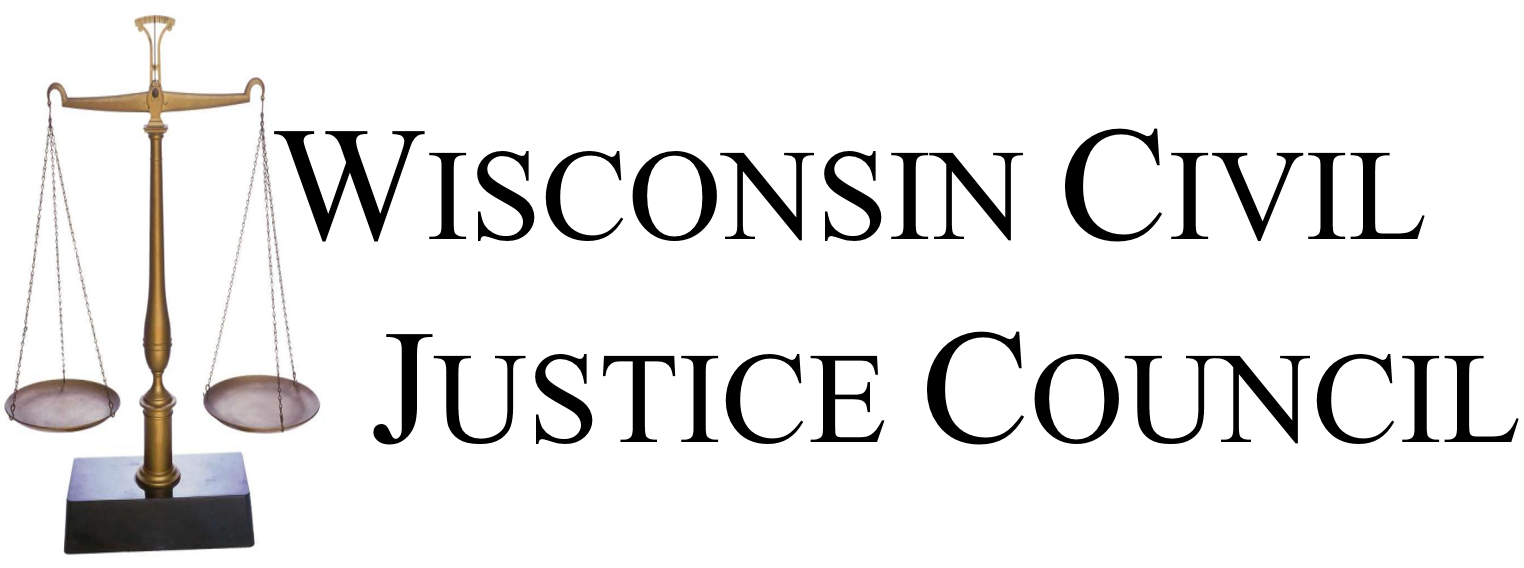In Sierra v. Boston (2019AP94), the Court of Appeals District II dismissed the plaintiff’s claims of negligent training and supervision.
Plaintiff Sierra took a friend to defendant Boston’s dental clinic for a procedure. After the procedure, Sierra asked for narcotics for her friend and a confrontation ensured when staff denied her request. Boston called the police, and Sierra was later arrested and charged with a misdemeanor and felony.
Sierra filed this civil lawsuit against Boston alleging negligent training and supervision. Sierra claimed Boston negligently trained his staff in how to profile and handle drug-seeking patients, leading his staff to improperly report her to the police and cause her arrest and conviction for disorderly conduct.
The court dismissed Sierra’s claims, finding that Boston did not act with “willful, wanton, or reckless conduct” in training his staff, nor did his actions lead to any act by his employees that caused Sierra’s alleged injury.
